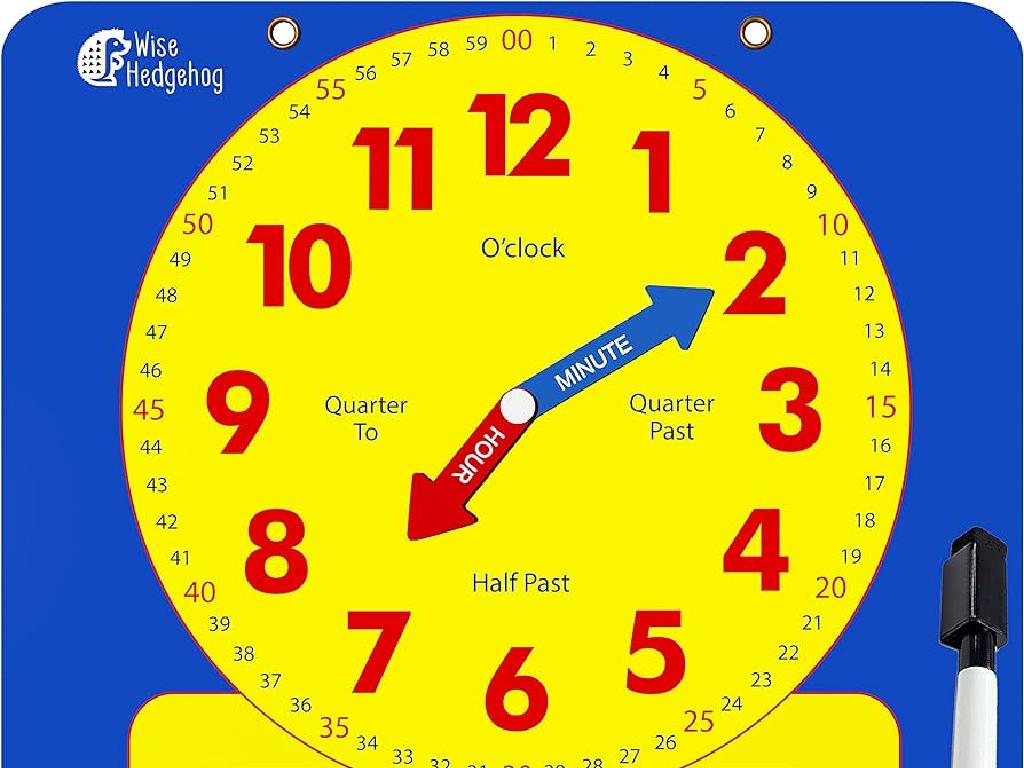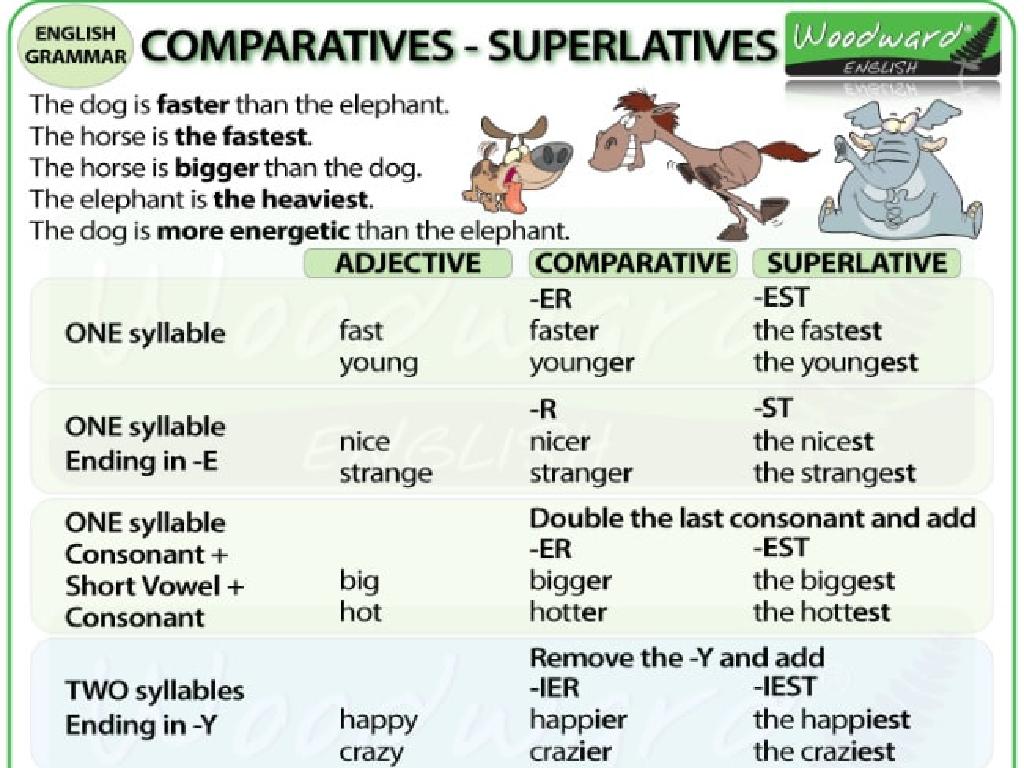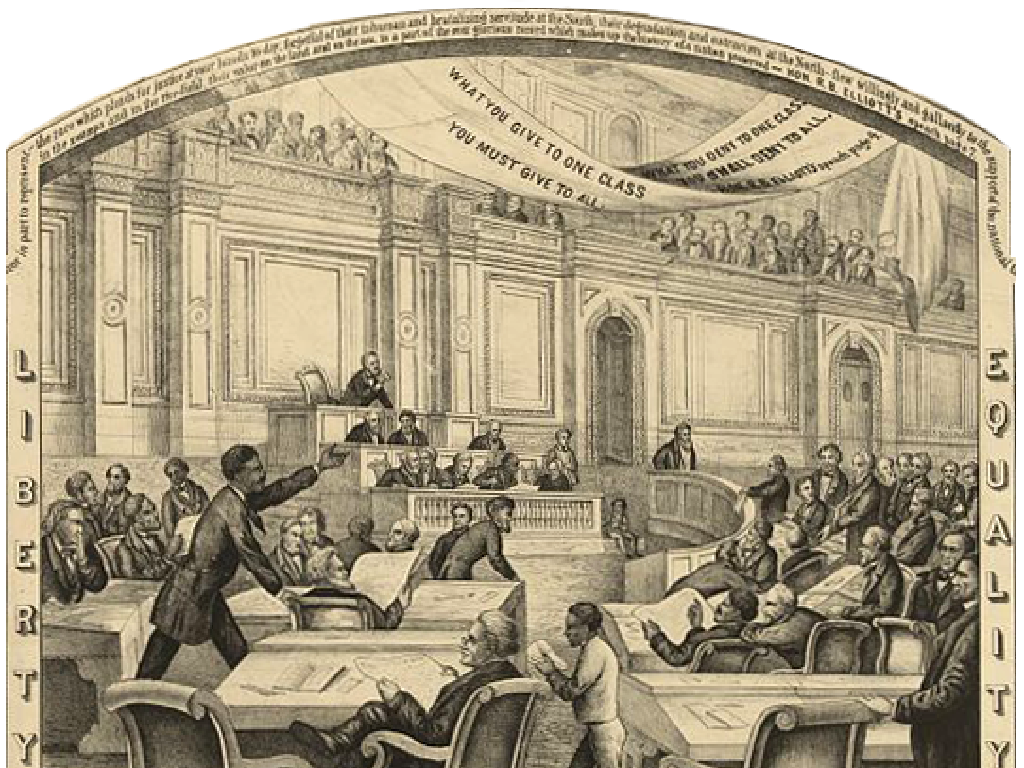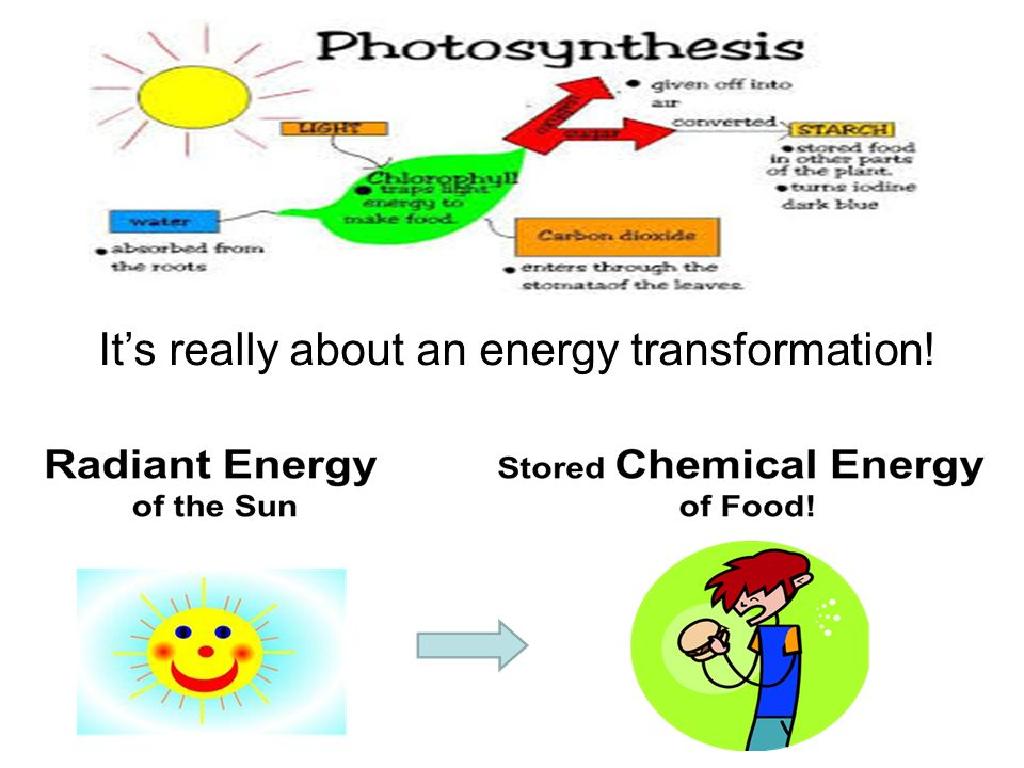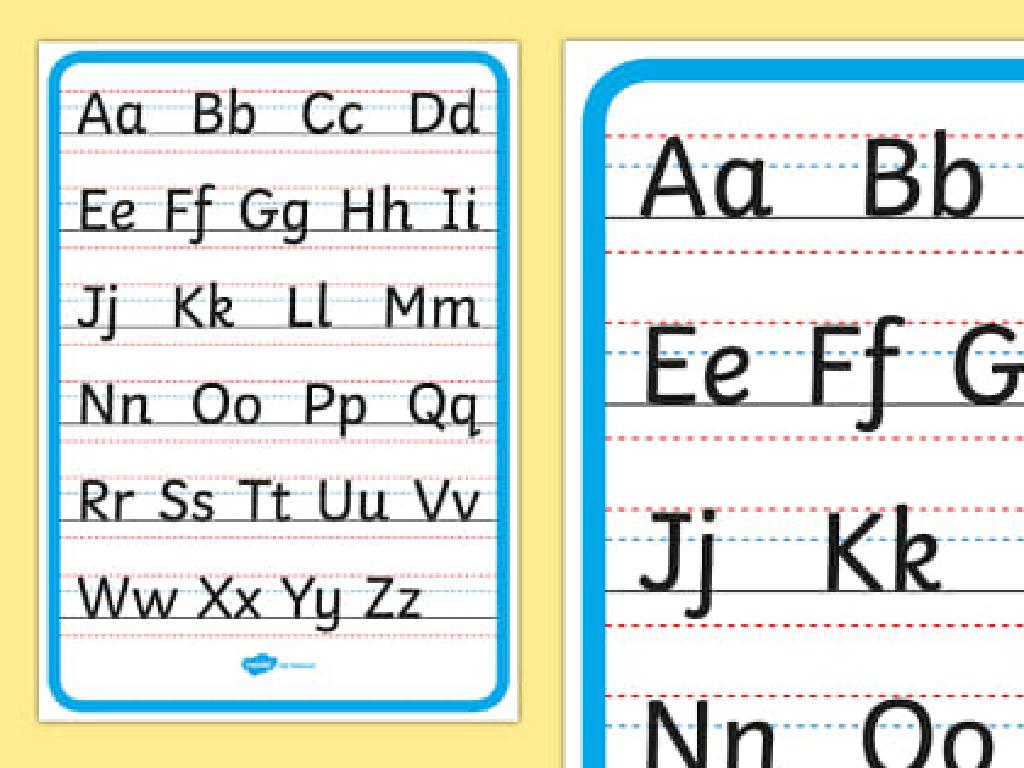Analyze Data To Compare Properties Of Planets
Subject: Science
Grade: Sixth grade
Topic: Astronomy
Please LOG IN to download the presentation. Access is available to registered users only.
View More Content
Exploring Our Planetary Neighbors
– What is Astronomy?
– Astronomy is the study of celestial objects and space.
– Defining planets in our solar system
– Planets are large celestial bodies orbiting a star, like Earth in our solar system.
– Comparing planetary properties
– Look at size, orbit, composition, and atmosphere to compare.
– Significance of planetary comparison
– Helps us understand Earth’s place and potential for life elsewhere.
|
Begin the class by introducing astronomy as the scientific study of celestial bodies such as stars, planets, comets, and galaxies. Then, define what planets are, emphasizing that they are objects orbiting our Sun, and there are eight in our solar system. Explain the criteria used to compare planets, including size, distance from the Sun, orbital period, composition, and atmospheric conditions. Highlight the importance of this comparison to understand how unique Earth is and the potential for life on other planets. Engage students by asking them to think of ways these comparisons might be important for future space exploration and discovery.
What is a Planet?
– Define a planet
– A celestial body orbiting a star, clear orbit, nearly round
– Key characteristics of planets
– They have gravity, atmospheres, and often moons
– Overview of the Solar System’s planets
– There are eight: Mercury, Venus, Earth, Mars, Jupiter, Saturn, Uranus, Neptune
– Comparing planetary properties
– Analyze size, distance from Sun, composition, and more
|
Begin with the definition of a planet, emphasizing the criteria such as orbiting a star, clearing its orbital path, and being nearly spherical. Discuss the general characteristics that all planets share, like having significant gravity, potential atmospheres, and often moons. Introduce the eight planets of our Solar System, encouraging students to remember their order. Finally, explain that we can compare these planets by looking at various properties such as size, distance from the Sun, atmospheric composition, and the presence of rings or moons. This comparison helps us understand the diversity of celestial bodies in our own cosmic neighborhood.
Comparing Planetary Properties
– Planet sizes: Understanding scale
– Compare Earth with giants like Jupiter or smaller Mars
– Mass of planets: Heavier vs lighter
– Earth is dense; Jupiter is massive but less dense
– Planetary orbits: Length of a year
– Venus orbits the Sun in 225 days, while Mars takes 687 days
– Composition: What planets are made of
– Rocky planets like Earth vs gas giants like Saturn
|
This slide aims to help students analyze and compare different properties of planets in our solar system. Size refers to the diameter of the planets, which can be compared to Earth to provide a relatable scale. Mass involves understanding the concept of gravity and how it relates to the size and composition of a planet. Orbit discusses the time it takes for a planet to complete one revolution around the Sun, which varies widely among planets. Composition looks at what planets are made of, such as rocky surfaces or gaseous atmospheres. Encourage students to use data charts and models to visualize these comparisons. This will enhance their understanding of the vast differences between the planets in our solar system.
Gathering Data on Planetary Properties
– Sources of planetary data
– Data comes from telescopes, probes, and satellites.
– Tools for data collection
– Telescopes, spectrometers, and space missions.
– Reading data tables and graphs
– Learn to interpret rows, columns, and chart elements.
– Analyzing and comparing data
|
This slide introduces students to the process of gathering and analyzing astronomical data to compare planetary properties. Emphasize the variety of sources from which data is obtained, including ground-based telescopes, space telescopes, probes, and satellites. Discuss the tools astronomers use, such as telescopes for direct observation and spectrometers for analyzing light. Teach students how to read and understand data presented in tables and graphs, which is crucial for interpreting scientific data. Finally, guide them on how to analyze this data to draw comparisons between different planets. Encourage students to think critically about the data and what factors might influence the properties observed on various planets.
Analyzing Planetary Data
– Compare sizes of planets
– How does Earth size up against giants like Jupiter or tiny Mars?
– Relate mass to gravity
– Heavier planets have stronger gravity. How does this affect us?
– Learn about orbital periods
– A year on Earth is 365 days. Is it longer or shorter on other planets?
– Explore surface and atmospheres
– What makes up the surfaces and skies of our planetary neighbors?
|
This slide is aimed at helping students understand the various properties that can be compared across different planets. Start by discussing the relative sizes of planets, using models or images to provide a visual comparison. Explain how mass affects a planet’s gravity, and why this is important for phenomena like an astronaut’s weight on different planets. Discuss orbital periods, and how they define the length of a year on each planet, which can vary greatly. Finally, delve into the composition of planetary surfaces and atmospheres, discussing how these factors influence the ability to support life and other conditions on the planet. Encourage students to think critically about how these properties make each planet unique and how they would personally experience these differences if they could visit other planets.
Hands-On Activity: Planet Data Chart
– Select two planets to research
– Collect important planetary data
– Look for size, orbit time, distance from Sun, etc.
– Fill in your planet data chart
– Organize your data clearly in the chart
– Get ready to present your chart
|
This activity is designed to engage students with hands-on learning about the planets in our solar system. Students should choose two planets they are interested in and research specific data about these celestial bodies, such as their size, orbit period, distance from the Sun, and any unique features. They will then use this information to fill out a data chart, which will help them visualize and compare the properties of the two planets. Encourage creativity in how they present their data. In the next class, students will present their findings, allowing them to practice their communication skills and share their knowledge with their peers. For the teacher: Prepare a blank chart template for the students to use, and provide a list of reliable sources where they can find the necessary data. Also, prepare to guide them on how to make an effective presentation.
Class Activity: Planet Comparison Presentations
– Present your planet data chart
– Discuss similarities and differences
– Compare size, distance from Sun, moons, etc.
– Engage in a Q&A session
– Prepare to ask and answer questions
– Reflect on the activity
– Think about what you learned today
|
Students will present the data charts they have created, which include information about different planetary properties such as size, distance from the Sun, number of moons, and more. Encourage them to highlight both similarities and differences between the planets. After the presentations, facilitate a Q&A session where students can ask each other questions about the planets and their properties. This will help reinforce their understanding and encourage active participation. As a teacher, prepare to guide the discussion and provide additional insights where necessary. Conclude the activity with a reflection session, asking students to think about new things they learned and how their perception of the planets might have changed.
Conclusion & Reflection: Our Place in the Cosmos
– Key takeaways about planets
– We explored various planet properties like size, orbit, and composition.
– Understanding our universe
– Knowing about planets helps us grasp the vastness and diversity of space.
– Reflect on our cosmic address
– How does learning about planets affect our view of Earth’s role?
– Homework: Essay on a favorite planet
– Choose a planet, research, and express why it fascinates you.
|
In today’s lesson, we’ve learned about the different properties that make each planet unique, including their size, distance from the Sun, and physical composition. This knowledge is crucial for understanding the larger structure of our solar system and our place within it. It helps us appreciate the complexity and beauty of the universe and can inspire a sense of stewardship for our own planet. For homework, students will write a short essay on their favorite planet, encouraging them to engage with the material on a personal level and to practice their research and writing skills. This activity will also allow for creativity and personal expression in their learning.

